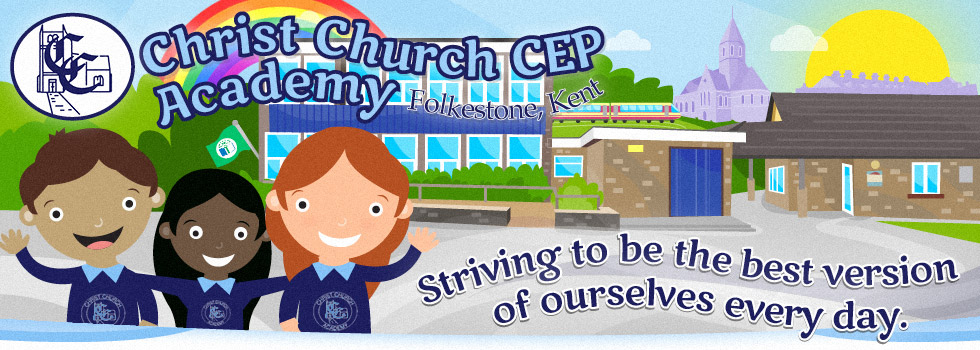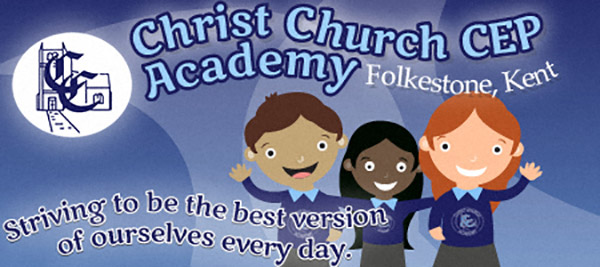Art
Art and Design
Intent
At our school we intend that children should master art and design to such an extent that they can go on to have careers within art and design and make use of art effectively in their everyday lives.
Our children will be taught art and design in a way that ensures progression of skills and follows a sequence to build on previous learning.
Our children will gain experience and skills of a wide range of formal elements of art in a way that will enhance their learning opportunities, enabling them to use art and design across a range of subjects to be creative and solve problems, ensuring they make progress.
Implementation
We follow a broad and balanced art and design curriculum that builds on previous learning and provides both support and challenge for learners. We follow an art and design scheme that ensures a progression of skills and covers all aspects of the art and design curriculum in line with the NSEAD recommended planning and assessment framework.
This planning and assessment framework uses the four National Curriculum aims to define four distinct progress objectives. These are used to ensure consistency across planning, teaching and assessment. Like the National Curriculum aims, these progress objectives arise from the key ideas that have always been at the heart of teaching and learning in art, craft and design. There is, therefore, continuity with previous good practice in the subject. The four progress objectives are:
- Generating ideas: The skills of designing and developing ideas.
- Making: The skills of making art, craft, and design.
- Evaluating: The skills of judgement and evaluation.
- Knowledge: The knowledge of both technical processes and cultural context.
All projects will develop pupils’ skills in the artistic disciplines of drawing, painting, sculpture and printmaking. As pupils progress though the curriculum, these skills are continually revisited and developed throughout their time at Christ Church.
All classes will have a scheduled art and design lesson each week, which we share with design and technology. However, the project will be taught discreetly – in projects independent of each other.
Children’s work and pictures of their work will be stored in each child’s sketchbook that continues throughout each key stage for reference and assessment.
We want to ensure that art and design is embedded in our whole school curriculum and that opportunities for enhancing learning by using art are always taken.
Impact
Our children enjoy and value art and design and know why they are doing things, not just how. Children will understand and appreciate the value of art and design in the context of their personal wellbeing and the creative and cultural industries and their many career opportunities.
Progress in art and design is demonstrated through regularly reviewing and scrutinising children’s work, in accordance with our art and design assessment policy to ensure that progression of skills is taking place. Namely through:
Looking at pupils’ work, especially over time as they gain skills and knowledge.
Observing how they perform in lessons and talking to them about what they know.
Staff will be supported in moderating pupils’ work against the assessment framework during a staff INSET planned for the summer term.
The art and design curriculum will contribute to children’s personal development in creativity, independence, judgement and self-reflection. This would be seen in them being able to talk confidently about their work and sharing their work with others.
Progress will be shown through outcomes and through the important record of the process leading to them.
Planning for Learning, Assessment and Progression
Assessment:
Assessment in art, craft and design takes account of all aspects of pupils’ learning and achievement. This includes, not only what pupils make, but also how they make it, what skills they acquire and what they know about the tools and materials they use. Assessment also takes account of what they know about the world of art, craft and design which places their own work in the wider cultural context.
Teachers assess progress in art, craft and design through a variety of means and use different kinds of evidence. They consider both the quality of the products that pupils make and the skills they exhibit as they use tools, materials and processes. To assess their knowledge teachers listen to pupils talking about art, craft and design and read what they write. The evidence for assessment occurs in different forms and at different times through the course of a unit of work and so assessment too is spread out over time. These assessments are used over time to build a profile of achievement across all four of the progress objectives.
Progress Objectives:
The four progress objectives used in this framework are derived from the four aims of the National Curriculum. The four headings of ‘Generating Ideas’, ‘Making’, ‘Evaluating’, and ‘Knowledge’ define the conceptual framework which underpins all teaching and learning in the subject. The use of these headings throughout this framework ensures consistency of planning, teaching and assessment.
We, at Christ Church, include an assessment criteria table as suggested by the NSEAD and this provides criteria in each progress objective for each of Years 1 – 6. This provides a benchmark establishing reasonable expectations of achievement across all progress objectives for each year group.
Pupils’ work will be moderated and assessed against the criteria as exceeding expectations, meeting expectations and working towards expectations.
Exceeding: Pupils who are exceeding the expectations will typically be providing evidence of achievement which consistently extends their learning beyond the confines of the task. They are working in ways which show deeper understanding and mastery, and which are above the norm for their peer group. Assessment in each of the strands could be described as:
1. Generating Ideas: Showing greater: complexity; research; observation; originality; perception; aspiration; creativity.
2. Making: Showing greater: technique; skill; control; complexity; mastery; quality; judgement; creativity.
3. Evaluating: Showing greater: judgement; autonomy; independence; perception; subtlety.
4. Knowledge: Showing greater: breadth; contextual understanding; explanation; judgement.
Meeting: Pupils who are meeting the expectations in full will typically be providing consistent evidence of achievement which shows that they have understood and confidently achieved the assessment criteria. They are working at a standard which is appropriate for their peer group.
Developing: Pupils who have yet to meet the expectations in full will typically be providing evidence of achievement which is consistently less resolved and confident than their peer group.
Skills Progression Overview
|
Year |
Drawing |
Painting |
Sculpture |
Printing |
|
R |
Term 1: Draw themselves. Patterns. |
Term 3: Marbling Term 5: Painting on the computer. |
Term 1: construct a home for a Bog baby Term 2: Junk modelling Clay modelling |
Term 2: Card printing (foam prints) Term 5: Potato prints. |
|
1 |
Term 2: Exploring line. Drawing using cut out shapes. Term 4: Using drawing to plan a landscape. |
Term 2: Colour mixing – primary secondary colours. Term 4: Using texture in paining and collage. |
Term 5: Making a crown from natural materials. |
Term 5: Leaf printing using printing press introduction; bark rubbing |
|
2 |
Term 3: Exploring pattern texture and tone. Term 4: Drawing a portrait |
Term 6: Painting a design for a plate; exploring colour. Experimenting with brush strokes. |
Term 3: Using wire to create 3D drawings. Term 4: Creating a peg figure Term 6 Developing weaving skills. Working with clay. |
Term 3: Creating printed patterns using everyday objects. |
|
3 |
Term 1: Drawing from observation using line and tone to create depth. Using drawings to create a design for a print. |
Term 4: Making homemade paints from natural materials. Using ‘cave art’ painting techniques to create an artwork. |
Term 6: Making mosaics. Creating tiles for mosaics from clay. |
Term 1: Poly-block printing in 2 colours and using printing press. |
|
4 |
Term 4: Developing a range of different make making and using this to explore pattern and texture. Term 6: Observational drawing of the features of the face; shading techniques. |
Term 3: Exploring how artist have used paint to depict water. |
Term 6: Relief cardboard portrait in the style of the cubists. |
Term 4: Printing with textured stamps. Creating ‘flip’ drawings. |
|
5 |
Term 2: Drawing a silhouette using a shadow. Term 6: Using drawing to illustrate a story. |
Term 2: Painting on a 3D object in the a Greek styles – painting as decoration. |
Term 2: Paper Mache Greek pots. Term 4: Tile making and glazed pattern in the style of William Morris. |
Term 4: William Morris repeated pattern prints. Term 6: Making symmetry prints |
|
6 |
Term 1: Drawing a landscape to develop into a painting – drawing as planning. Term 3: Drawing ideas for relief panels. Term 5: Drawing water. |
Term 1: Using colour in a landscape painting to show aerial perspective. Using paint to create emotion in an image. Developing sophisticated and subtle colour mixing in a landscape. Term 5: Watercolour seascape. |
Term 3: Creating relief panels by casting clay and found objects. |
Term 3 Carbon paper fossil mono-prints. Term 6: Screen printing inspired by water/sea |
Art
Christ Church CEP Academy, Brockman Road,
Folkestone, Kent, CT20 1DJ Telephone: 01303 253645




















